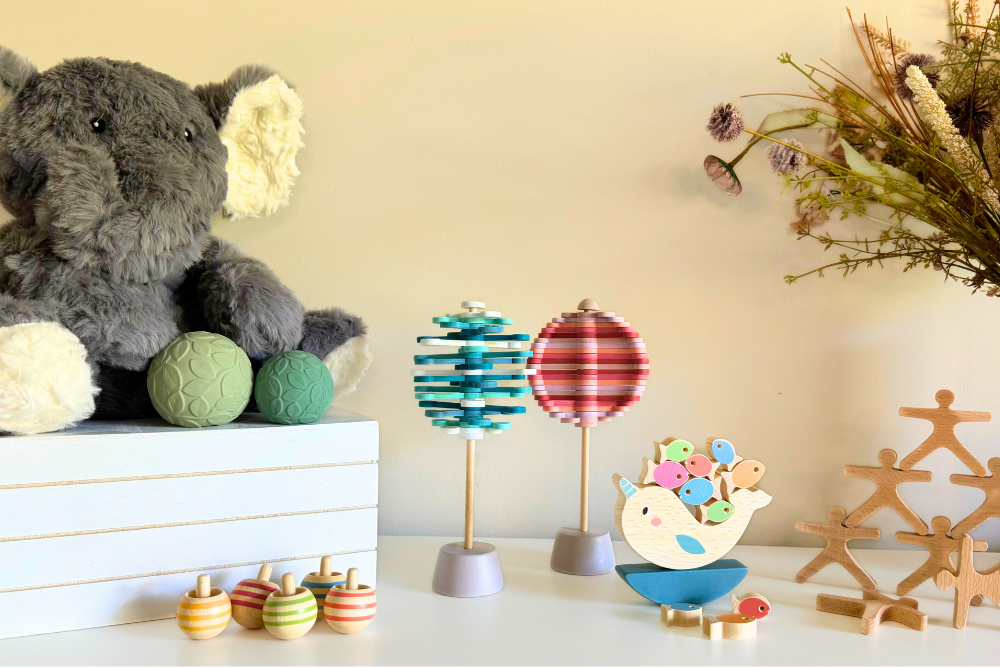Being the month of Halloween, everything scary is on the cards. But you’d be surprised to know what the scariest face for children is. It’s not the Dracula mask or ghoulish witch, it is a blank face.
Scientists have run experiments where parents talk to their babies and young children in a conversational tone, then turn away. When they turn back and present an immobile, blank face, the children become so confused and frightened they may start to cry.
Still face experiment
In a ‘still face’ experiment, Dr Edward Tronick, Director of the Child Development Centre at Harvard University researched how important expression is in natural interaction with babies. In a YouTube video (Tronick, 2009), you can see how a baby reacts when her mum stops her normal responsiveness and replaces it with a blank face. The baby becomes visibly distressed.
Facial expressions and gestures support positive emotional attachment
When an adult is responsive to an infant, they learn about emotions, social engagement, and other elements of communication. When the parent’s responsiveness is interrupted, the infant becomes overwrought and tries several of the usual, already learned ways to regain the attention and connection of the relationship. Secure and successful interactions with positive facial expressions are key to a child’s development of trust through a healthy sense of attachment. Attachment theory, researched by John Bowlby, of the Royal College of Psychiatrists, suggests that children who do not experience strong attachment at an early age can display many problems of disconnection, negative self-image and behavioural difficulties later in life (Bowlby, 1977).
Children respond to facial expressions and learn about emotions
Before your child understands language, they are already learning about the world and themselves via your facial expressions and gestures. They start to mirror your expressions from the first time you look into their eyes. They develop an understanding of the patterns of your behaviour. They know when you are happy to see them, when you are impatient and when you become irritable.
Naming and developing strategies around emotions make your child socially successful
If you are aware of how influential your expressions and communications are, you are well equipped to shape your child’s emotional intelligence from an early age. They are wired to imitate what you do more than what you say.
As children get older they learn the vocabulary that accompanies your expressions and gestures. The words and actions reinforce one another. It is extremely helpful to name and discuss emotions during daily family interactions. And talking out loud about your thoughts helps children to know what is going on in your mind which is generally invisible to them. They may not know why your are feeling frustrated about a late postal delivery unless you explain the logic behind your emotion.
It’s important to help them explain their own emotions. You might say, ‘I can see from your face that you are feeling disappointed you can’t go out with dad today, but he will be home this evening and he’ll have time to tell you the caterpillar story. When I feel disappointed, I try to think of something special I can look forward to.’
This way, you are combining a word, an explanation and a strategy for managing emotion into one brief communication.
A physical mirror is a handy tool to help children mirror the emotions of those around them
It is a good idea to have a mirror at hand sometimes so children can see themselves using their happy, sad, excited, angry, grumpy, silly and frustrated expressions. I’m sure we’ve all seen children at a looking glass trying out their expressions in a looking glass. Knowing each of the words, helps them to process their expressions. Without these skills and vocabulary, many children find it hard to distinguish between their emotions and feel overwhelmed. Having a name, explanation and strategy goes a long way to making them masters of their feelings. This is great for family life, but it also makes your children more successful in social situations. They will both recognise emotions in others and project appropriate expressions that support social understanding to make the most of every encounter.
I’m not suggesting you try out your scary face this Halloween but be aware of how important knowledge about expression and gesture are to develop your child’s emotional awareness. Now it’s time to plan those tricks and treats.
Lili-Ann Kriegler (B. A Hons, H. Dip. Ed, M.Ed.) is a Melbourne-based education consultant and award-winning author. Lili-Ann writes to share the wisdom she has acquired through her training and 30 years of experience in education. She is a child, parent and family advocate who believes that education is a transformative force for humanity.
Website: https://www.kriegler-education.com/








